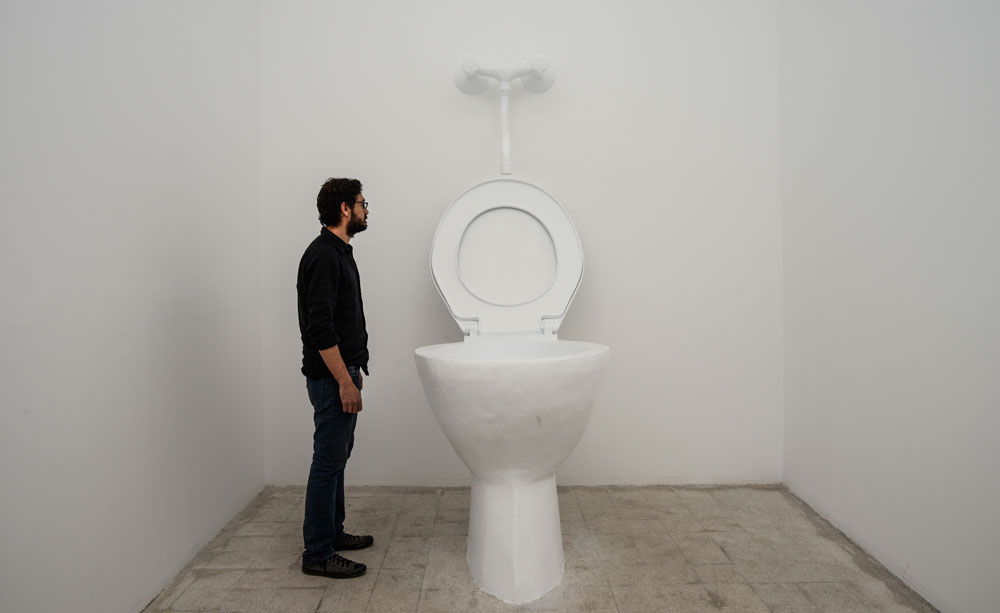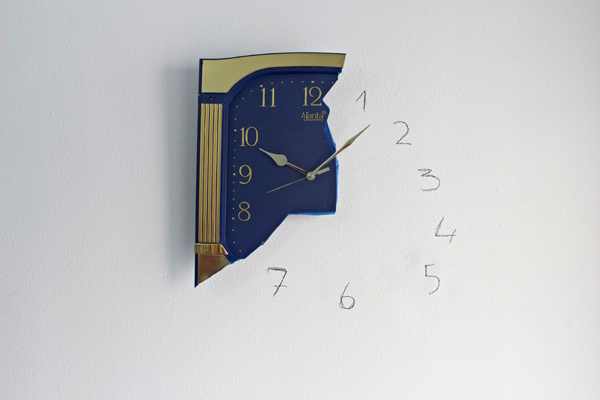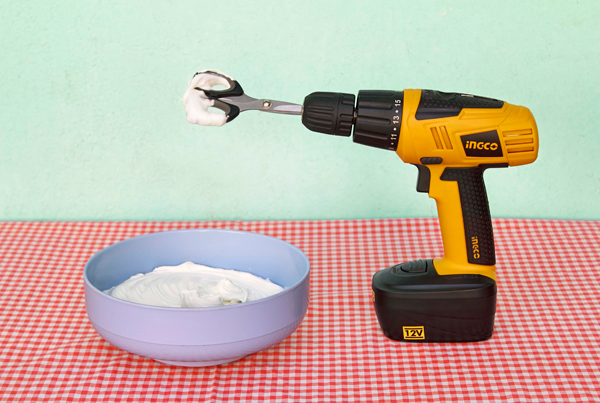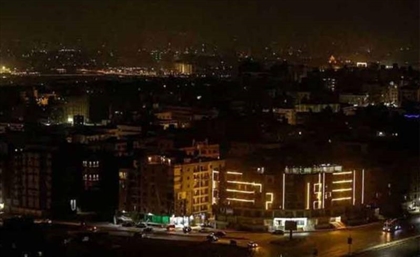Copied
Ahmed Badry and The Rise of The Reality Sample Artist
As part of the D-CAF festival, Ahmed Badry is bending time and space to make his audience see their surroundings in a brand new way. Skot Thayer chats with the artist to figure out what's behind his unconventional art.
Apr 17, 2016

Music sampling – the act of taking a preexisting sound recording and reusing it in another piece – has been pervasive since the inception of audio recording, eventually becoming integral in some of the most popular music genres. Appropriation has an equally long history in visual art as well, though not nearly as well known. Artists, including Picasso, appropriated non-art objects into their work. Now at D-CAF, another type of sampling is on display. Instead of relatively simple audio or visual cutting and pasting, artist Ahmed Badry recreates objects, taking them out of context and turning them into self-contained artistic expressions, sampling reality.
His series of objects, called The Provisionary That Lasts, are recreated from photos on the Internet. Depicting modified electrical outlets and other unconventional solutions to common problems, the aesthetic and resourcefulness resonated with Badry. "People were making fun of the photos, portraying the idea as the way poor people do things – calling them DIY fails and things like that. I see it from a totally different perspective," the artist shares. "These people are normal consumers and, at the same time, they became producers in a way – putting two different objects together to create a new object that didn’t exist before.” A pair of broken scissors fitted with a bolt and some zip ties to make them functional again, or a shattered clock that was made complete again, don’t have the same low-class connotations to Badry. Instead, he sees the ingenious resourcefulness of the maker and a commitment to functionality over status quo forms.


His perspective comes from what could be considered an unexpected place. When I ask where his inspiration comes from, he confesses: “most of the reading I do is in the scientific fields – quantum physics and these kinds of weird things.” Dealing with the quantum realm can make anyone’s head spin. Information lost within black holes, superposition, and other quantum weirdness has embedded itself in Badry’s work. Objects that both are and are not what we recognise them to be are central to this series. "Each object has its own information. It's very creative and has its own art,” he tells me, reserved and slightly shy – not quite the demeanour I would have expected from a guy whose latest piece of art is a giant toilet.
Leading us to the space where his latest piece is stored, I didn’t know what to expect and could never have guessed. Standing before the giant recreation of a porcelain throne, he doesn’t join in my juvenile snickering but he understands it. To him, it’s just another way for him to re-examine the world around him by taking an everyday object and making it bigger and easier to examine.
His quantum philosophy of paradoxical relationships applies to his medium as well. "I use cardboard to build the objects because cardboard has the same way of dealing with the ideas, too – to twist and make solutions, using this weak material to make a strong sculpture. Most of the objects also have to do with water or electricity, which has nothing to do with cardboard. This creates a paradox between the material and the function of the sculpture."
His previous works were paintings of the fabric patterns found in public transportation that were blown up, taking one unit of the pattern and making it larger until it was a self-contained expression. He tells me that in Switzerland, for example, each bus or train line is covered in a different pattern. "I care a lot about how the audience is engaging with the work, and it was interesting to see them recognising that they had seen these paintings before but just couldn’t place it," he says. That must really mess with people’s heads, I tell him. He cracks a smile, his eyes brightening, and he says “Yes, and mine too.”


In 2007, he used a similar method with Cairo's bus tickets and other small pieces of everyday life, enlarging bus tickets or a tea label to enable himself and others to rediscover the world around them through art. Now with The Provisionary That Lasts series, he's moving on to larger and more unconventional objects. "I’m planning to make a solo show, taking more objects and putting them all together –ore household objects like someone who's replaced a piece of a broken sofa with a chair, or taking a table fan and taping it on the ceiling," Badry says.
Talking to Badry about the future, he is very pragmatic; "I have two years left in this series (The Provisionary) and then I will go on to something else that comes out of this work." He isn’t sure exactly what that project will look like, but Badry is confident that inspiration will find him within those two years. When he started The Provisionary in 2009 with very small objects, keeping them more or less the same size, he didn’t know how big the project would become or how far he would follow it. . "Things are getting bigger now, though," he admits, "with the bigger space and more funding, of course."
I have to be honest; it isn’t until the end of my time with Badry that everything about his work clicks. During the interview, I was prepared to resign my inability to understand his work to a simple “I don’t get it.” One of the last things he tells me – ”My work in general functions like sampling, but instead of sound, it is with objects” – allows me to look at his work, taking patterns and items I would never look at twice in everyday life, and making them something to contemplate, realising the artistry involved. I still can’t help laughing like a 12-year-old when I think of his giant toilet, though.
























